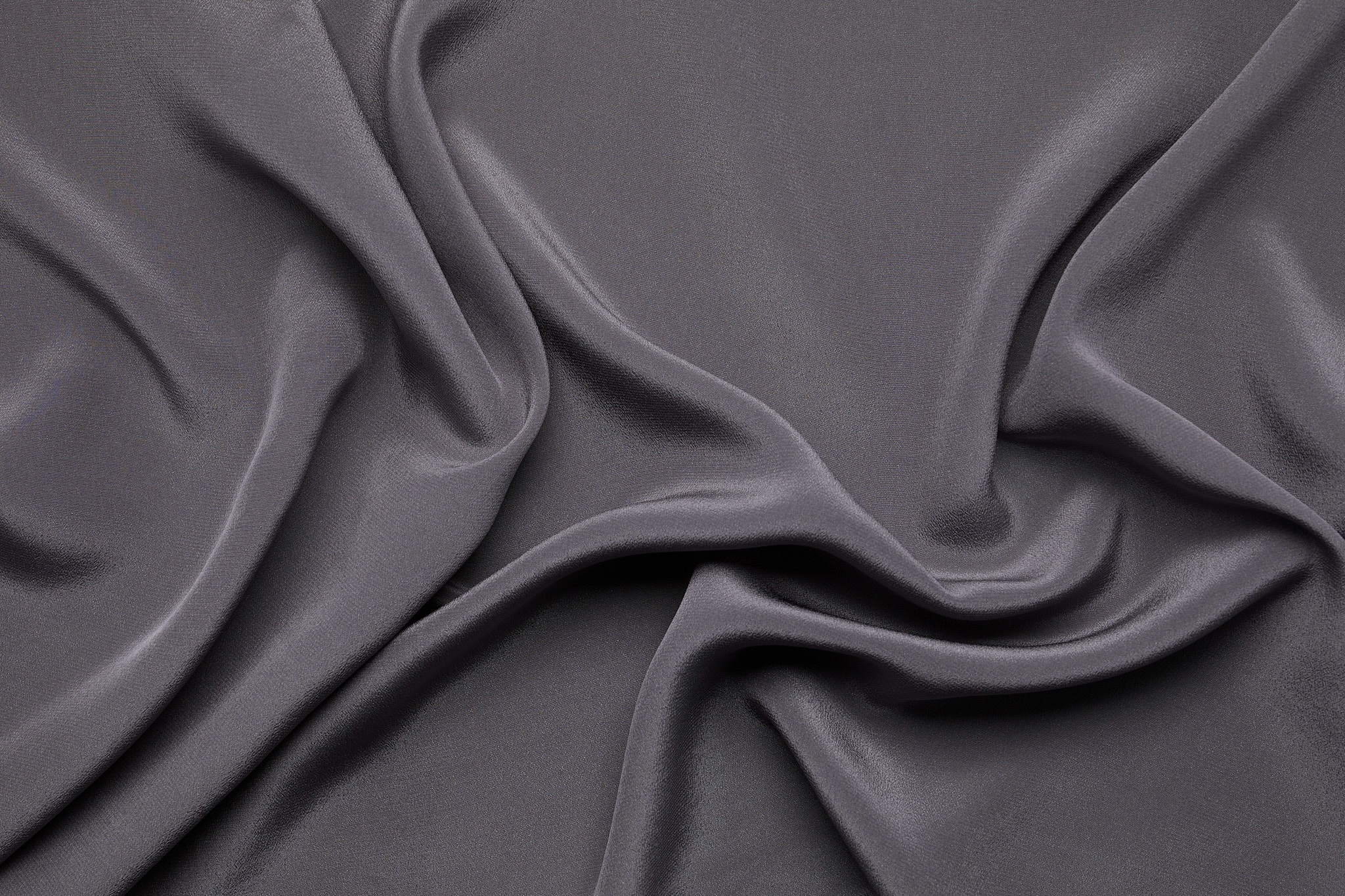Introduction
People often ask: What’s the most sustainable fabric? Organic cotton? Recycled polyester? Hemp?
The truth is, there’s no one-size-fits-all answer. It depends on how the fabric will be used, how durable it needs to be, and what matters most to you — like supply chain transparency, certifications or fibre preferences.
But the most important factor is something else entirely: whether the material already exists. Surplus and deadstock fabrics are often the most eco-friendly option available.
The Real Question to Ask
Before diving into fibre types, consider this: What fabrics are already out there – unused, stockpiled or heading towards landfill?
Right now, the fashion industry has a massive surplus problem.
Leftover rolls from past collections, discontinued products, and excess production often go unused. This isn’t because the fabrics are faulty — it’s because of system-wide inefficiencies. These surplus and deadstock fabrics often end up downcycled, incinerated or sent to landfill.
So, What Is the Most Sustainable Fabric?
The one that already exists.
If your goal is to lower impact, reduce textile waste, and support circular design, sourcing from surplus is the most responsible place to start.
“The most sustainable fabric is the one that already exists.” Courtney Holm, Founder
Introducing Circular Sourcing
At Circular Sourcing, we’re building a platform to make sourcing surplus fabrics simple, trusted, and scalable. We work with Australia’s leading fashion brands, mills, and textile suppliers to uncover premium surplus fabrics, from deadstock silks and Japanese denim to organic cotton jersey, wools and interior-grade textiles.
We quality-check and verify every listing, aggregate them in one place, and offer low minimum order quantities so you can source more sustainably — whether you’re a designer, brand, or student just starting out.
✅ Source and Shop by fibre, colour, weight, or category
✅ Be the first to explore premium surplus fabrics previously unavailable to the public
✅ Learn how to design more sustainably, starting with what’s already in circulation
→ Browse our surplus fabric marketplace to start designing with positive impact.
Why Surplus and Deadstock Fabrics Are a Smart First Step into Circular Fashion
Choosing surplus and deadstock fabrics does more than avoid waste.
It lowers the need for new fibre production, reduces emissions and water use, and supports a shift to circular fashion. It also connects you with unique, often one-off materials that would otherwise go unused.
It also connects you to unique, often one-off materials with rich stories behind them. Sourcing surplus and deadstock fabrics gives your designs character, reduces impact and makes use of what would otherwise go to waste.
The best part? You don’t need to compromise on quality. Many of these fabrics are luxury-grade, originally created for high-end fashion or interiors. And now, they’re accessible.
So next time you’re wondering what the most sustainable fabric is, start by asking what already exists.
→ Explore Circular Sourcing and make surplus and deadstock fabrics your first stop in sustainable design.
Frequently Asked Questions
What are the most sustainable fabrics?
The most sustainable fabrics are those that already exist. While materials like organic cotton, hemp, and TENCEL™ are often cited as eco-friendly, sourcing surplus or deadstock fabrics is one of the most effective ways to reduce environmental impact. By reusing what’s already been made, you avoid the emissions, water use, and resource extraction associated with virgin fibre production — making surplus textiles the most sustainable choice available today.
Where can I buy deadstock fabric in Australia?
You can buy verified, high-quality deadstock fabric in Australia through platforms like Circular Sourcing, which connects designers and brands to surplus textiles from local fashion labels and mills. Our marketplace features premium surplus materials — from Japanese denim to fine wool and certified organic cotton — all sourced within Australia. Low minimums and curated quality make it easy to design more sustainably.
How does sourcing surplus fabric help the environment?
Sourcing surplus fabric helps reduce textile waste, avoids the environmental costs of creating new fabrics, and supports the circular economy. Every metre of surplus you use diverts high-quality material from landfill or incineration, cuts down on carbon emissions, and reduces demand for virgin fibre production — which is often water- and energy-intensive. It’s one of the most impactful choices a brand or designer can make.
What is surplus fabric?
Surplus fabric (also known as deadstock fabric or excess inventory) refers to textiles that have been produced but not used — often due to overproduction, order cancellations, or changes in design plans. These materials are usually brand new and high-quality, but without intervention, they often go to waste. Circular Sourcing helps brands monetise surplus and designers source it, keeping these fabrics in circulation.
→ Tap to explore our surplus fabrics and design more sustainably.
→ Need additional support? We offer subsidised sourcing consultations to support SMEs* – book here with founder, Courtney Holm.
*For businesses with over 10 employees and/or over $2 million in revenue, please contact us for a boutique quote.

